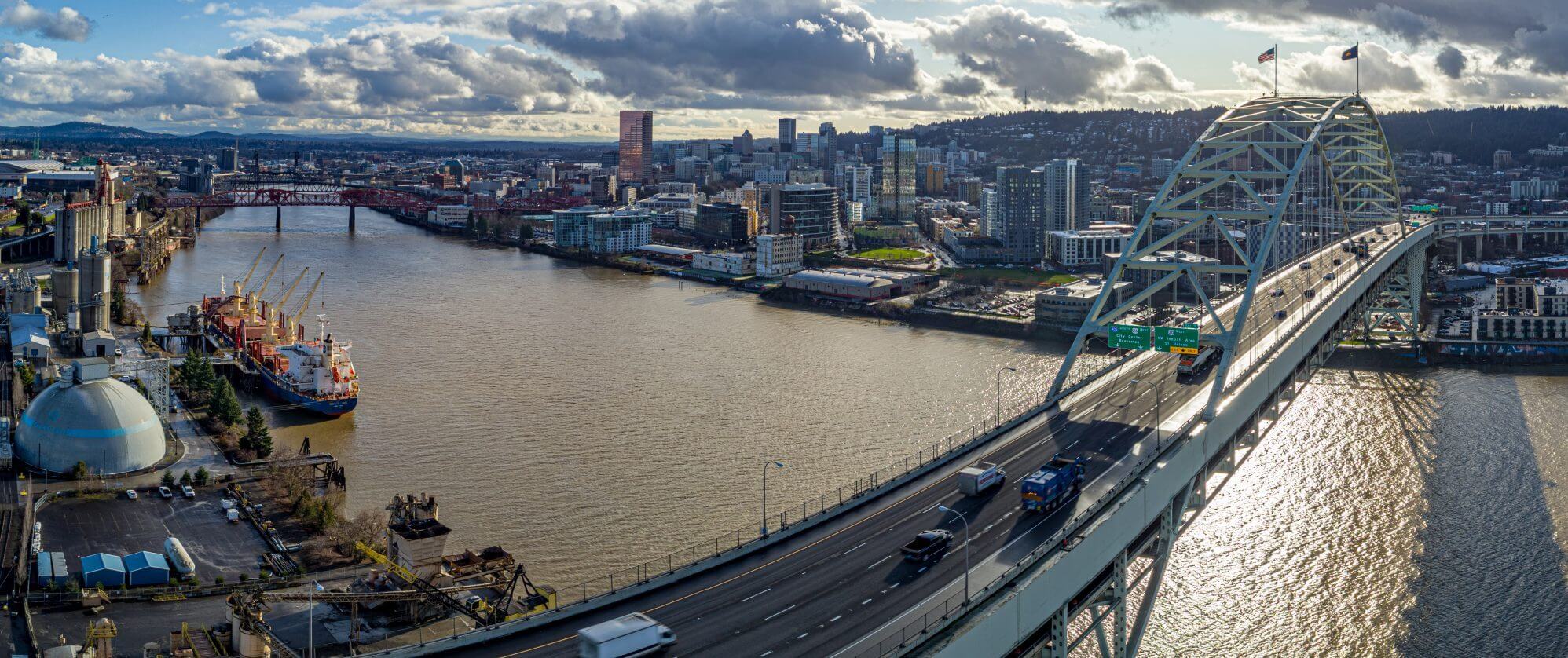Portland Sales Volume Declines Across All Property Types
Slowdown in Sales Activity Eclipses Rate Seen During the Great Recession
 Multifamily properties are leading all investment types in Portland.
Multifamily properties are leading all investment types in Portland.The number of commercial property sales transactions continued to sputter along in Portland, Oregon, posting a quarter-over-quarter decline of nearly 29% as of the second quarter-to-date in 2023. Overall sales volume thus far totals $3.4 billion, which would be the lowest mark since the third quarter of 2014.
At its current pace, this cycle’s downturn in sales volume would lead to a larger peak-to-trough decline than that experienced during the onset of the Great Recession. From the fourth quarter of 2007 to the fourth quarter of 2009, total sales volume declined by 81%, or approximately 10% per quarter, on average. More recently, sales activity is down for the fourth consecutive quarter since the peak in mid-2022. The drop amounts to 55% or nearly 14% per quarter on average.
On Wednesday, the Federal Reserve announced a pause in its rate hike campaign to tame inflation, leaving the benchmark rate at a range of 5% to 5.25%. The Federal Funds Effective Rate – a volume-weighted median of overnight federal funds transactions – now trends to 5.08%.
Shaky supply and demand fundamentals, particularly in the office sector, and the aforementioned elevated interest rates despite a recent pause from the Fed, are putting downward pressure on the pace of transactions. As the cost of debt rises, bid-to-ask spreads are widening, and buyers and sellers remain mostly at odds over property valuations.
Despite a 63% decline from its mid-2022 peak, multifamily continues to be the favored property type for investors in Portland, with trailing 12-month sales volume amounting to $1.7 billion. Leasing activity is heavily lagging the recent peak and there are some concerns regionally stemming from stunted population growth, but Portland does remain relatively attractive from a pricing standpoint compared to other gateway metropolitan areas, given recent job and wage growth data. Some investors have therefore shown a willingness to execute deals creatively in a time of high inflation and high rates.
One example includes Greystar’s February purchase of the Heatherbrae Commons in Milwaukie, Oregon. The institutional giant acquired the asset from LivCor through a debt assumption transaction, which allowed them to secure a lower interest rate executed before the Federal Reserve’s current rate hike cycle. The 174-unit community was built in 1995 and fully renovated in 2014. The closing price totaled $49 million, or $282,000 per unit.
It is widely anticipated that the Federal Reserve could raise the benchmark rate a couple more times this year. If Consumer Price Index growth doesn’t slow enough to convince officials that their 2% inflation target is in striking distance, they will adjust policy accordingly, according to language from the June meeting. This could keep liquidity tight and transaction flow sparse through the rest of the year.

